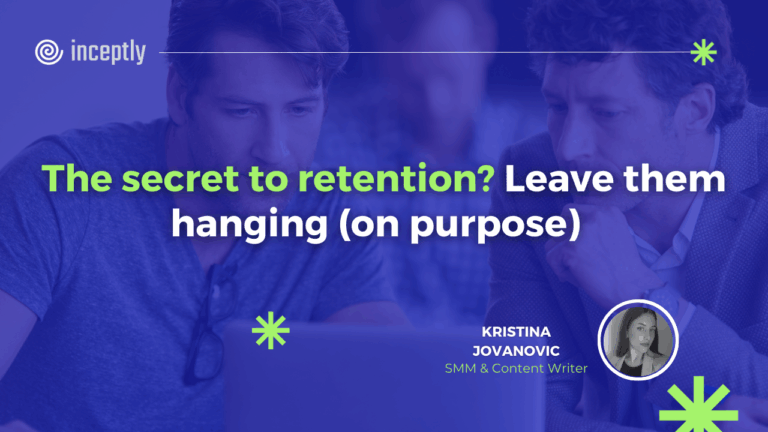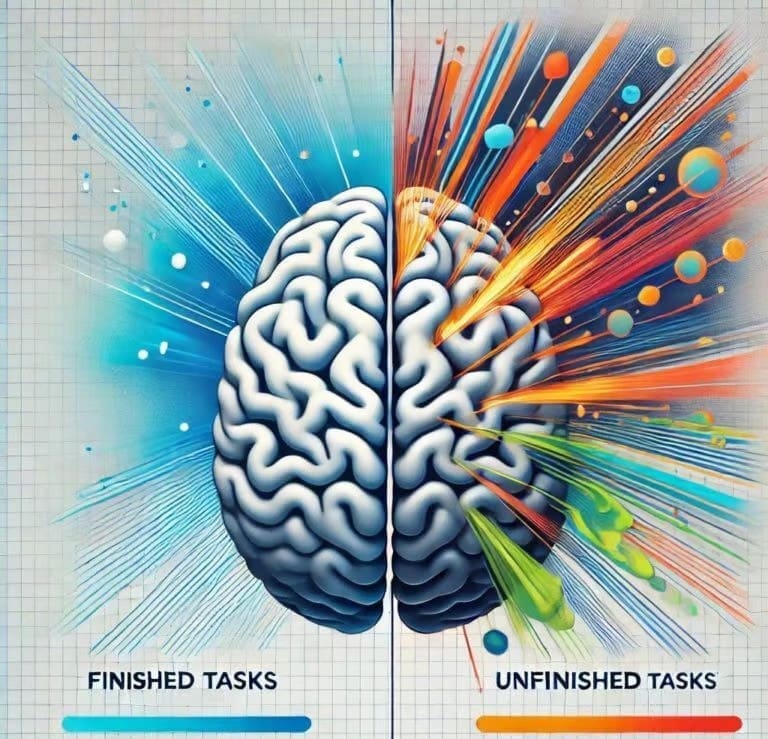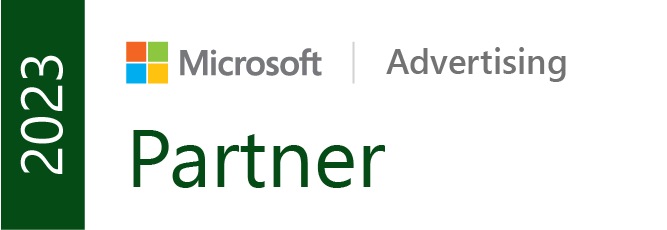
Ever noticed how hard it is to stop watching a show after a cliffhanger?
You don’t want to binge on 6 episodes.
Your brain needs to.
Similarly, you might’ve seen ads that seem kind of cryptic, mysterious… unfinished. They make you wonder.
Just take a look at those:
All these examples have a lot to do with the so-called Zeigarnik Effect — and it might be the secret weapon you’re missing in your YouTube ads. 😉
Want to brainstorm with our team on new ways to scale your business with YouTube Ads (and other performance video platforms)?
Join us for a free YouTube ad brainstorming session👇
Let’s waste no time and dive in right away!
What is the Zeigarnik Effect?
Discovered by psychologist Bluma Zeigarnik in the 1920s, this effect reveals something deeply irrational about the human brain:
We remember unfinished tasks better than completed ones.

When a task, story, or sequence is left incomplete, it sticks in your mind like an itch.
Your brain wants closure — and it keeps replaying the open loop until it gets it.
In entertainment, this is how cliffhangers work.
In advertising? It’s how you hold attention and earn the click.
Why is this gold for direct response
Most advertisers still chase the perfect 5-second hook like it’s a magic trick.
But what they’re really missing is this:
👉 The best hooks don’t just stop the scroll —
👉 They create tension that the viewer needs to resolve.
That’s the Zeigarnik Effect at work.
When you open a loop — but don’t close it — you make people lean in.
Not out of curiosity.
Out of psychological tension.
📽️ Ad example #1: The open loop that sells security
Ad: Mini WiFi Camera
Ad spend: $112k+
CTA: “Click the link now to get yours at a 50% discount”
This ad opens with a statement that instantly creates curiosity:
“This is the reason why I cancelled my doorbell camera subscription.”
That’s an open loop. We don’t yet know what the product is — or why it made the narrator ditch their existing solution. The brain wants closure.
From there, the ad drips with intrigue:
A new “breakthrough” developed by former insiders
Big security companies offering millions to shut it down
The promise of advanced tech for a fraction of the cost
A looming warning: “It won’t be available for long”
At each stage, the why stays just out of reach.
This is a good Zeigarnik execution. The story builds but never fully resolves — until the viewer clicks.
📽️ Ad example #2: The gold bar ad that opens with a mystery
Ad: Gold IRA (Retirement Savings in Gold)
Ad spend: $235k+
Opening line: “See this? This is a 400 oz bar of solid gold…”
Why it works (Zeigarnik in action):
Right out of the gate, this ad creates a powerful visual and cognitive open loop:
A man holds a massive gold bar.
We’re told it’s worth a fortune.
He doesn’t say what it’s really about yet — your brain leans in to find out: “Where is this going?”
Then, rather than answering immediately, the ad delays the resolution:
It contrasts the gold bar with inflation,
Shows stacks of cash that have lost value,
Introduces a “solution” that isn’t fully explained until later (a gold-backed retirement account).
The viewer is pulled along by the need to understand what the opportunity actually is.
And just before we fully “close the loop,” we’re hit with a CTA:
“Click to get your free gold kit and learn how it works.”
So instead of satisfying the viewer’s curiosity, the ad channels that tension directly into a click.
The Zeigarnik Effect is used beautifully.
How to use the Zeigarnik Effect in YouTube ads
✅ 1. Open a loop in the first 5 seconds
Start with a high-stakes question, surprising statement, or “what happens next” moment — but don’t finish it.
Examples:
“The one mistake killing your testosterone levels…”
“This face cream almost ruined my skin…”
“My doctor told me this was the only thing that works…”
These aren’t answers. They’re tension.
✅ 2. Delay the payoff strategically
Don’t give the solution right away. Build anticipation through:
Fast cuts or transitions
Unexpected testimonials
Visual patterns (zooming in, handwriting, scans)
Sudden pause or silence to heighten contrast
The viewer’s brain starts tracking the incomplete story. That’s retention.
✅ 3. Push the Resolution to the CTA
Instead of closing the loop inside the ad, direct the resolution to the next step.
“Click below to find out if this is what’s been holding your body back.”
“Watch the full breakdown on the next page.”
“I’ll explain the whole thing in the video after this one.”
You’re not “tricking” the viewer — you’re satisfying their need for closure.
And in direct response, that means higher watch times, lower drop-off, and more clicks to your VSL or checkout.
Pro tip: Use visual loops, too
The Zeigarnik Effect doesn’t have to be verbal.
Try this:
Start with an unusual product shot (e.g. a pill dissolving, a cream half-applied, a machine starting up)
Show the action beginning — but don’t show the end result
Cut away, then bring the outcome later, or tease it again in your CTA
This keeps the visual story “in progress.” Another way to make the viewer stay locked in!
Why this matters for DR advertisers
👉 The cost of attention is rising.
👉 Viewer patience is shrinking.
👉 But tension still converts — if you use it right.
The Zeigarnik Effect gives you a reliable framework to hold attention without tricks, gimmicks, or overpromising.
It works whether you’re selling:
Supplements
Software
Skincare
Courses
Coaching
If your ads are built to convert — then they need to be built to hold attention.
And this is the formula.
In summary – Don’t close the loop too soon
The Zeigarnik Effect shows us that unfinished stories stick.
Unresolved tension creates engagement — and that drives action.
So the next time you write a YouTube hook, ask:
🧠 “Am I just introducing the product…
…or am I opening a loop the brain needs to close?”
Because once you do that, every second after the hook becomes more valuable.
And your ads won’t just be watched — they’ll be remembered!
Want to brainstorm with our team on new ways to scale your business with YouTube Ads (and other performance video platforms)?
Join us for a free YouTube ad brainstorming session👇
Want more content like this?
Don’t miss out on the latest news and updates from the world of Direct Response advertising! Subscribe to our newsletter today 👇

Kristina Jovanovic, Social Media Manager & Content Writer
Fascinated by human behavior, Kristina graduated with a degree in Psychology and joined our agency to put her knowledge to good use as a Media Buyer. She later transitioned into her current role, where she draws on her knowledge of the human psyche and marketing strategy, as well as hands-on experience in creative development and media buying at Inceptly, to share useful insights with our readers.
Like this post? Let's continue the conversation!
Get in touch with us by shooting us a quick email or tagging us on LinkedIn or Instagram, and sharing your thoughts. Your feedback helps us keep our blog relevant and interesting.
Get Our Newsletter
Need Help?
Get in touch with us for an insightful evaluation of your ads + actionable tips to help amp up your direct response revenue







